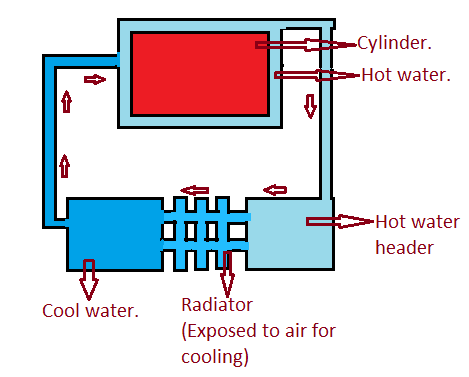Rockets and missiles are both types of projectiles that can be used for purposes such as transportation, warfare, and recreation. However, there are some key differences between the two. For one, rockets are typically unguided, while missiles are guided. This means that rockets rely on their initial momentum and trajectory to reach their target, while missiles can be controlled during flight to some extent. Another difference is that rockets are powered by propulsion systems that produce thrust through the expulsion of exhaust gases, while missiles may be powered by rocket engines or other types of propulsion systems. Finally, rockets are typically designed for one-time use, while missiles may be designed for multiple uses.
So, in summary, the key differences between rockets and missiles are that rockets are unguided and powered by rocket engines, while missiles are guided and may be powered by other types of propulsion systems.
About Rocket:
A rocket is a vehicle that uses jet propulsion to accelerate without using the surrounding air. A rocket engine produces thrust by reaction to exhaust expelled at high speed. Rocket engines work entirely from propellant carried within the vehicle; therefore, a rocket can fly in the vacuum of space.
Advantages of Rocket:
- Rockets can reach very high speeds, making them ideal for space travel
- They can operate in environments where other vehicles would be unable to function, such as in outer space or under water
- Rockets are relatively simple and efficient machines, making them relatively inexpensive to build and operate
Disadvantages of Rocket:
- Rockets require a lot of energy to operate, making them expensive to fuel
- They produce a lot of noise and pollution when they are used
- Rockets can be dangerous to operate and can cause damage if they malfunction
About Missile
A missile is a guided airborne ranged weapon capable of self-propelled flight usually by a jet engine or rocket motor. Missiles are thus also called guided missiles or guided rockets. Missile systems have five key components: targeting, guidance system, flight system, engine and warhead.
Missiles are primarily used as offensive weapons, to destroy targets ranging from personnel and buildings to vehicles and aircraft. However, they can also be used for defensive purposes, to protect against incoming enemy missiles. Missile technology has come a long way since their first use in combat during World War II; modern missiles are highly accurate and incredibly destructive.
Missile technology offers several advantages over traditional weaponry. Missile systems are much faster than other types of weapons, meaning
Advantages of Missile Technology
- Missile systems are much faster than other types of weapons, meaning they can strike targets quickly and with little warning.
- Missile technology is very accurate, allowing for more precise targeting than other types of weapons.
- Missiles can be equipped with a variety of payloads, making them versatile weapons.
- Missile technology is constantly evolving, giving militaries the ability to develop new and improved missile systems.
Disadvantages of Missile Technology
- Missile technology is expensive, making it out of reach for many countries.
- Missile systems require careful planning and coordination to be used effectively.
- There is a risk of collateral damage when using missile technology, as nearby civilians can be caught in the crossfire.
- Missiles can be intercepted and shot down before they reach their targets.


